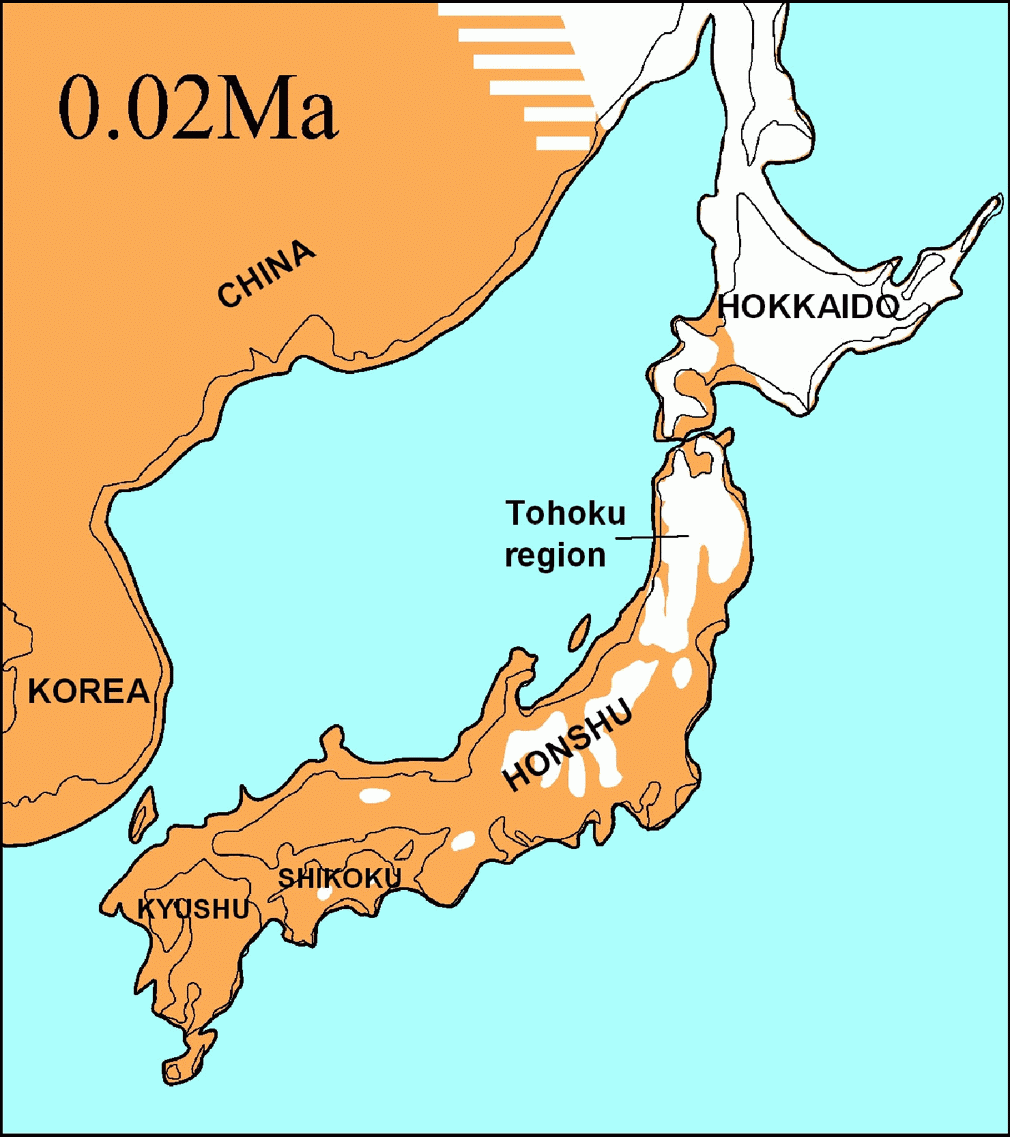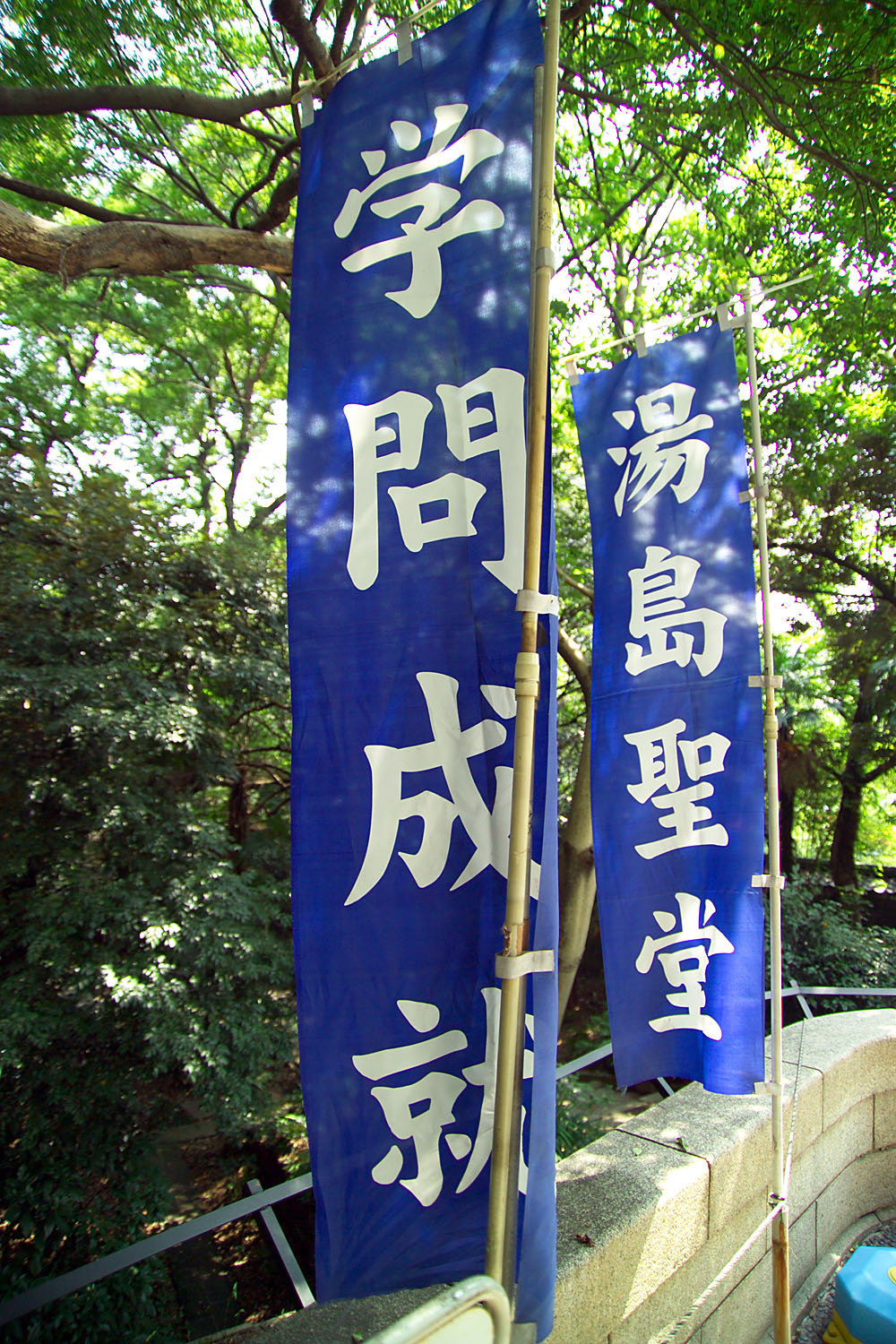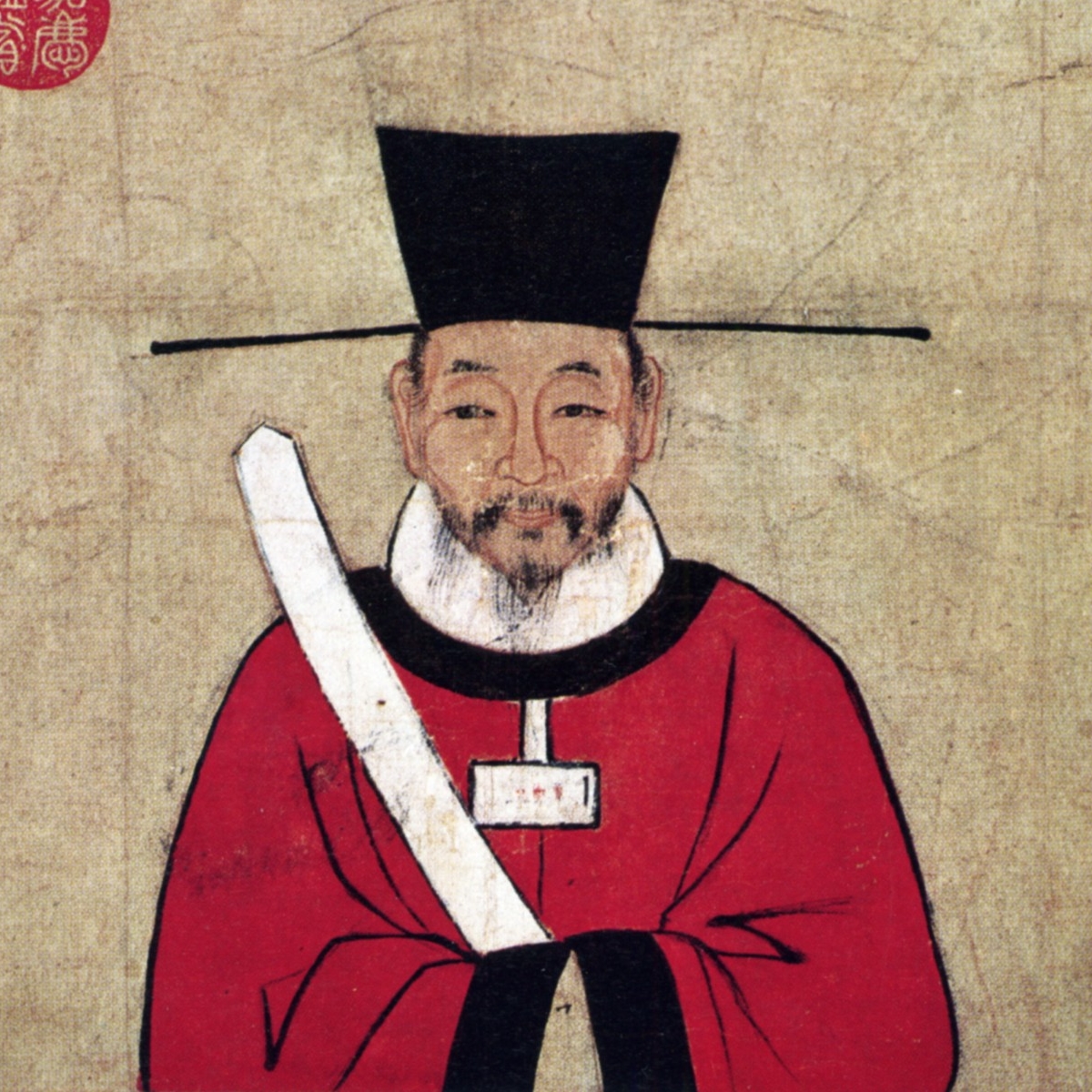|
Honchō Tsugan
The ''Honchō Tsugan'' (本朝通鑑), or ''Comprehensive Mirror of Japan'', is a book on the history of Japan by Hayashi Razan and his successor Hayashi Gahō which was finished in 1670. It was written in Chinese and modeled after the ''Zizhi Tongjian''. The whole work comprises 326 scrolls. Background The work was finished at the ''Shūshikan'' (修史館), or Historiographic Institute, which was built for Gahō, who was also provided with enough rations (扶持 ''fuchi'') for a research team of up to 95 men. Scholarship The work, and Razan in particular, has been praised by Japanese scholars for its relatively dispassionate attempt at understanding history, leading some scholars to view Razan as "the founder of modern historical research" and "the beginning of modern scholarship" in Japan. The work was influential on the thought of Arai Hakuseki, who is considered to have been even more objective. Nonetheless, the work was by no means perfect, as Razan was under pressure ... [...More Info...] [...Related Items...] OR: [Wikipedia] [Google] [Baidu] |
History Of Japan
The first human inhabitants of the Japanese archipelago have been traced to the Japanese Paleolithic, Paleolithic, around 38–39,000 years ago. The Jōmon period, named after its cord-marked pottery, was followed by the Yayoi period in the first millennium BC when new inventions were introduced from Asia. During this period, the first known written reference to Japan was recorded in the Chinese ''Book of Han'' in the first century AD. Around the 3rd century BC, the Yayoi people from the continent immigrated to the Japanese archipelago and introduced iron technology and agricultural civilization. Because they had an agricultural civilization, the population of the Yayoi began to grow rapidly and ultimately overwhelmed the Jōmon period, Jōmon people, natives of the Japanese archipelago who were hunter-gatherers. Between the fourth and ninth centuries, Japan's many kingdoms and tribes gradually came to be unified under a centralized government, nominally controlled by the Empe ... [...More Info...] [...Related Items...] OR: [Wikipedia] [Google] [Baidu] |
Hayashi Razan
, also known as Hayashi Dōshun, was a Japanese historian, philosopher, political consultant, and writer, serving as a tutor and an advisor to the first four ''shōguns'' of the Tokugawa ''bakufu''. He is also attributed with first listing the Three Views of Japan. Razan was the founder of the Hayashi clan of Confucian scholars. Razan was an influential scholar, teacher and administrator. Together with his sons and grandsons, he is credited with establishing the official neo-Confucian doctrine of the Tokugawa shogunate. Razan's emphasis on the values inherent in a static conservative perspective provided the intellectual underpinnings for the Edo bakufu. Razan also reinterpreted Shinto, and thus created a foundation for the eventual development of Confucianised Shinto in the 20th century. The intellectual foundation of Razan's life's work was based on early studies with Fujiwara Seika (1561–1619), the first Japanese scholar who is known for a close study of Confucius an ... [...More Info...] [...Related Items...] OR: [Wikipedia] [Google] [Baidu] |
Hayashi Gahō
, also known as Hayashi Shunsai, 林 春斎, , was a Japanese Neo-Confucian philosopher and writer in the system of higher education maintained by the Tokugawa ''bakufu'' during the Edo period. He was a member of the Hayashi clan of Confucian scholars. Following in the footsteps of his father, Hayashi Razan, Gahō (formerly Harukatsu) would devote a lifetime to expressing and disseminating the official neo-Confucian doctrine of the Tokugawa shogunate. Like his distinguished father, Gahō's teaching and scholarly written work emphasized Neo-Confucianist virtues and order. Academician Gahō became the unofficial rector of what would become Edo’s Confucian Academy, the Shōhei-kō (afterwards known as the Yushima Seidō).Nussbaum, Louis Frédéric ''et al.''. (2005). ''Japan Encyclopedia,'' p. 300. This institution stood at the apex of the country-wide educational and training system which was created and maintained by the Tokugawa shogunate. Gahō's hereditary title was ' ... [...More Info...] [...Related Items...] OR: [Wikipedia] [Google] [Baidu] |
Zizhi Tongjian
The ''Zizhi Tongjian'' (1084) is a chronicle published during the Northern Song dynasty (960–1127) that provides a record of Chinese history from 403 BC to 959 AD, covering 16 dynasties and spanning almost 1400 years. The main text is arranged into 294 scrolls (), each equivalent to a chapter—totaling around 3 million Chinese characters. In 1065, Emperor Yingzong of Song commissioned his official, Sima Guang (1019–1086), to lead a project to compile a Universal history (genre), universal history of China, and granted him funding and the authority to appoint his own staff. His team took 19 years to complete the work and in 1084 it was presented to Emperor Yingzong's successor Emperor Shenzong of Song. It was well-received and has proved to be immensely influential among both scholars and the general public. Endymion Wilkinson regards it as reference quality: "It had an enormous influence on later Chinese historical writing, either directly or through its many a ... [...More Info...] [...Related Items...] OR: [Wikipedia] [Google] [Baidu] |
Historical Criticism
Historical criticism (also known as the historical-critical method (HCM) or higher criticism, in contrast to lower criticism or textual criticism) is a branch of criticism that investigates the origins of ancient texts to understand "the world behind the text" and emphasizes a process that "delays any assessment of scripture's truth and relevance until after the act of interpretation has been carried out". While often discussed in terms of ancient Jewish, Christian, and increasingly Islamic writings, historical criticism has also been applied to other religious and secular writings from various parts of the world and periods of history. The historian applying historical criticism has several goals in mind. One is to understand what the text itself is saying in the context of its own time and place, and as it would have been intended to and received by its original audience (sometimes called the ''sensus literalis sive historicus'', i.e. the "historical sense" or the "intended se ... [...More Info...] [...Related Items...] OR: [Wikipedia] [Google] [Baidu] |
Arai Hakuseki
was a Confucianist, scholar-bureaucrat, academic, administrator, writer and politician in Japan during the middle of the Edo period, who advised the ''shōgun'' Tokugawa Ienobu. His personal name was Kinmi or Kimiyoshi (君美). Hakuseki (白石) was his pen name. His father was a Kururi han samurai Arai Masazumi (新井 正済). Biography Hakuseki was born in Edo and from a very early age displayed signs of genius. According to one story, at the age of three Hakuseki managed to copy a Confucian book written in Kanji, character by character. Because he was born on the same year as the Great Fire of Meireki and because he was hot tempered and his brow would crease looking like 火 or "fire", he was affectionately called ''Hi no Ko'' (火の子) or ''child of fire''. He was a retainer of Hotta Masatoshi, but after Masatoshi was assassinated by Inaba Masayasu, the Hotta clan was forced to move from Sakura to Yamagata then to Fukushima and the domain's income declined. Haku ... [...More Info...] [...Related Items...] OR: [Wikipedia] [Google] [Baidu] |
Age Of The Gods
In Shinto chronology, the is the period preceding the accession of Jimmu, the first Emperor of Japan. The kamiyo myths are chronicled in the "upper roll" (''Kamitsumaki'') of the ''Kojiki'' and in the first and second chapters of the ''Nihon Shoki''. The reigns of Emperor Jimmu and the subsequent Emperors are considered the . Origin According to early mythology, the Japanese islands were created by Izanagi and Izanami, meaning "he who invites" and "she who invites". They find themselves on a heavenly golden bridge staring down at earth and its oceans. With their jeweled spear, called ''Amenonuhoko'', given by the gods or kami before them, they dip the spear into the ocean, creating the islands of Japan, Onogoro Island (“spontaneous-congealed island”). Descending down from the skies, Izanagi and Izanami create their home and create a central Heavenly August pillar. Deciding to populate the land, Izanagi circles the left side of the pillar while Izanami circles the right ... [...More Info...] [...Related Items...] OR: [Wikipedia] [Google] [Baidu] |
Edo-period Works
The , also known as the , is the period between 1600 or 1603 and 1868 in the history of Japan, when the country was under the rule of the Tokugawa shogunate and some 300 regional ''daimyo'', or feudal lords. Emerging from the chaos of the Sengoku period, the Edo period was characterized by prolonged peace and stability, urbanization and economic growth, strict social order, isolationist foreign policies, and popular enjoyment of arts and culture. In 1600, Tokugawa Ieyasu prevailed at the Battle of Sekigahara and established hegemony over most of Japan, and in 1603 was given the title ''shogun'' by Emperor Go-Yōzei. Ieyasu resigned two years later in favor of his son Hidetada, but maintained power, and defeated the primary rival to his authority, Toyotomi Hideyori, at the Siege of Osaka in 1615 before his death the next year. Peace generally prevailed from this point on, making samurai largely redundant. Tokugawa shoguns continued Ieyasu's policies of conformity, including a fo ... [...More Info...] [...Related Items...] OR: [Wikipedia] [Google] [Baidu] |
History Books About Japan
History is the systematic study of the past, focusing primarily on the Human history, human past. As an academic discipline, it analyses and interprets evidence to construct narratives about what happened and explain why it happened. Some theorists categorize history as a social science, while others see it as part of the humanities or consider it a hybrid discipline. Similar debates surround the purpose of history—for example, whether its main aim is theoretical, to uncover the truth, or practical, to learn lessons from the past. In a more general sense, the term ''history'' refers not to an academic field but to the past itself, times in the past, or to individual texts about the past. Historical research relies on Primary source, primary and secondary sources to reconstruct past events and validate interpretations. Source criticism is used to evaluate these sources, assessing their authenticity, content, and reliability. Historians strive to integrate the perspectives o ... [...More Info...] [...Related Items...] OR: [Wikipedia] [Google] [Baidu] |
Confucianism In Japan
Edo Neo-Confucianism, known in Japanese as , refers to the schools of Neo-Confucian philosophy that developed in Japan during the Edo period. Neo-Confucianism reached Japan during the Kamakura period. The philosophy can be characterized as humanistic and rationalistic, with the belief that the universe could be understood through human reason, and that it was up to man to create a harmonious relationship between the universe and the individual.. The 17th-century Tokugawa shogunate adopted Neo-Confucianism as the principle of controlling people and Confucian philosophy took hold. Neo-Confucians such as Hayashi Razan and Arai Hakuseki were instrumental in the formulation of Japan's dominant early modern political philosophy. History Neo-Confucianism has its origins in the Chinese Tang dynasty; the Confucianist scholars Han Yu and Li Ao are seen as forebears of the Neo-Confucianists of the Song dynasty.. The Song dynasty philosopher Zhou Dunyi is seen as the first true "pioneer" of N ... [...More Info...] [...Related Items...] OR: [Wikipedia] [Google] [Baidu] |
Kanbun
''Kanbun'' ( 'Han Chinese, Han writing') is a system for writing Literary Chinese used in Japan from the Nara period until the 20th century. Much of Japanese literature was written in this style and it was the general writing style for official and intellectual works throughout the period. As a result, Sino-Japanese vocabulary makes up a large portion of the Japanese language, Japanese lexicon and much classical Chinese literature is accessible to Japanese readers in some resemblance of the original. History The Japanese writing system originated through adoption and adaptation of written Chinese. Some of Japan's oldest books (e.g. the ''Nihon Shoki'') and dictionaries (e.g. the ''Tenrei Banshō Meigi'' and ''Wamyō Ruijushō'') were written in ''kanbun''. Other Japanese literary genres have parallels; the ''Kaifūsō'' is the oldest collection of . Burton Watson's English translations of ''kanbun'' compositions provide an introduction to this literary field. Samuel Martin ... [...More Info...] [...Related Items...] OR: [Wikipedia] [Google] [Baidu] |






